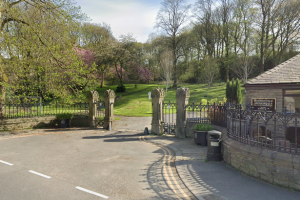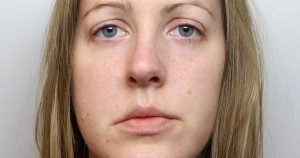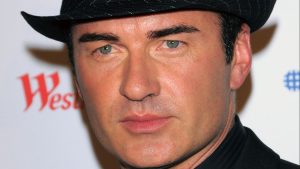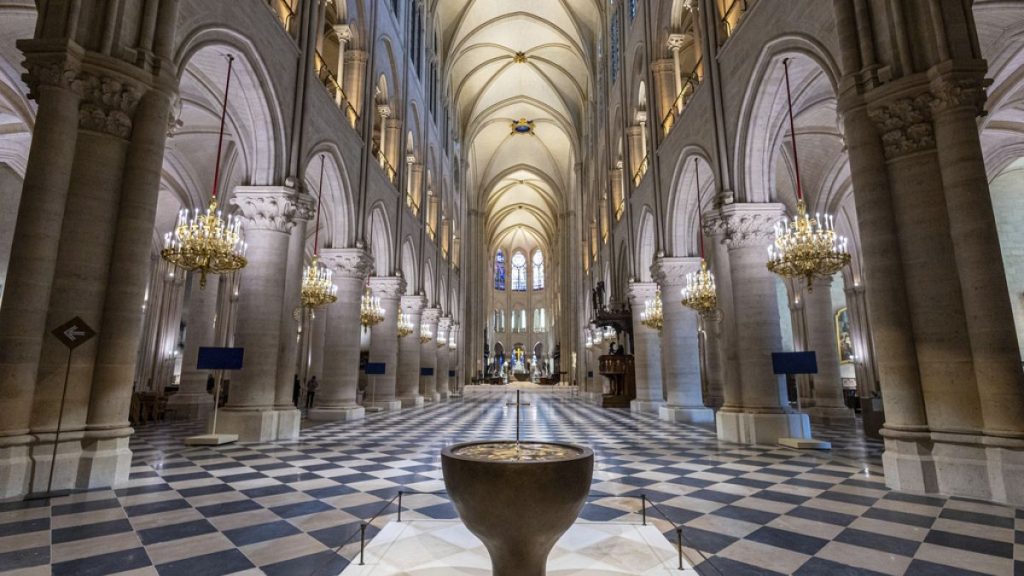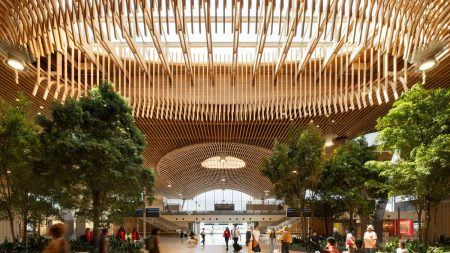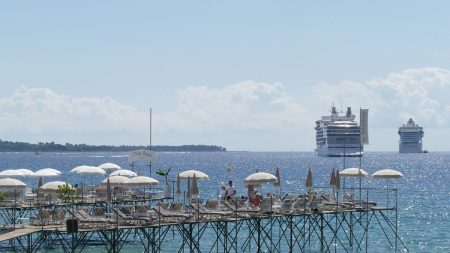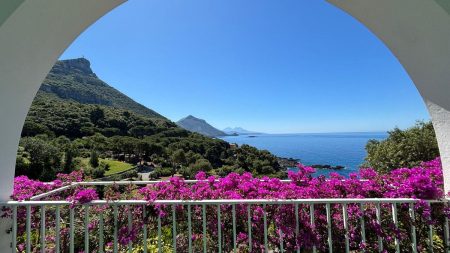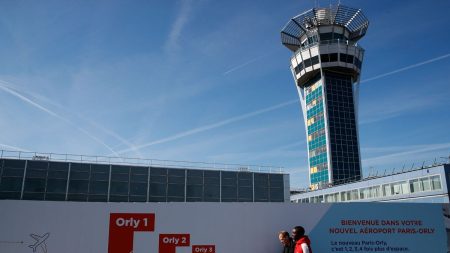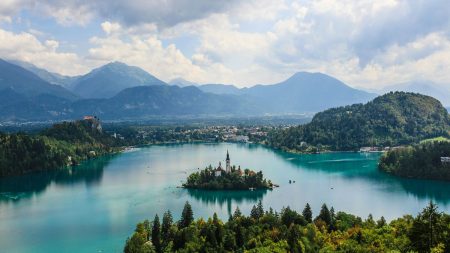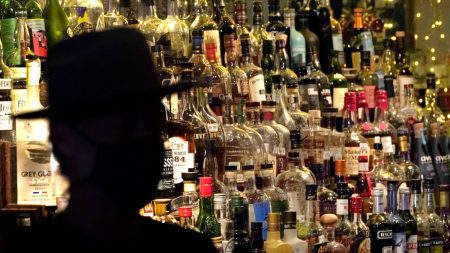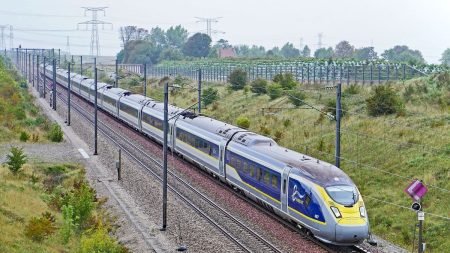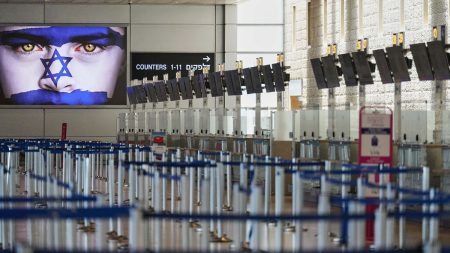Paragraph 1: The iconic Notre Dame Cathedral in Paris is set to reopen its doors on Saturday, a momentous occasion marking its resurrection after a devastating fire in 2019. The blaze nearly destroyed the 861-year-old landmark, leaving the world in shock. The swift restoration, a remarkable feat considering the cathedral’s original construction spanned nearly two centuries, is a triumph for French President Emmanuel Macron, who championed an ambitious timeline. The reopening provides a welcome respite from France’s current political turmoil following the recent ousting of Prime Minister Michel Barnier in a no-confidence vote.
Paragraph 2: The reopening ceremony, a blend of solemn religious tradition and cultural grandeur, will take place entirely within the cathedral due to anticipated strong winds. Originally planned for the forecourt, the shift indoors will not diminish the significance of the event. Archbishop Laurent Ulrich will lead the ceremony, symbolically reopening the cathedral’s grand wooden doors with a staff crafted from charred wood salvaged from the fire-ravaged roof. The symbolic act will officially declare Notre Dame open for worship once more, a powerful testament to resilience and restoration.
Paragraph 3: The ceremony will feature a rich program of music and prayer. Four organists will perform an improvised interplay of melodies on the cathedral’s 8,000-pipe instrument, painstakingly restored and cleaned after the fire. Psalms, prayers, and hymns will fill the vast interior, creating an atmosphere of reverence and celebration. Following the religious ceremony, a star-studded concert will pay tribute to the cathedral’s resurrection and honor the dedication of those who worked tirelessly to restore it. Renowned artists such as pianist Lang Lang, cellist Yo-Yo Ma, and soprano Pretty Yende are expected to perform, offering a universal message of harmony and hope.
Paragraph 4: Sunday will mark the first Mass in the restored cathedral, led by Archbishop Ulrich. He will consecrate the new altar, a creation of contemporary artist Guillaume Bardet, which replaces the original destroyed in the 2019 fire. Nearly 170 bishops from France and around the world will attend, along with priests from all 113 parishes of the Paris diocese. This inaugural Mass signifies the return of Notre Dame to its primary function as a place of worship and spiritual solace.
Paragraph 5: The reopening of Notre Dame is not without its political undertones. President Macron has hailed the event as a “jolt of hope” amidst a severe political crisis, triggered by the no-confidence vote against his prime minister. Despite calls for his resignation, Macron has vowed to remain in office and swiftly appoint a new prime minister. Adding to the political backdrop, US President-elect Donald Trump will be in Paris for his first international trip since his recent election victory, attending the reopening ceremony at Macron’s invitation. Trump has praised Macron’s efforts in restoring Notre Dame and anticipates a “very special day.”
Paragraph 6: The convergence of political figures at the reopening adds another layer of complexity. Macron and Trump are slated to hold bilateral talks before the ceremony, followed by a separate meeting between Macron and Ukrainian President Volodymyr Zelenskyy. The possibility of a meeting between Trump and Zelenskyy remains uncertain. Trump’s stated intention to swiftly end the war in Ukraine, without specifying how, has raised concerns in Kyiv about potential negotiation terms. Zelenskyy’s recent meeting with key members of Trump’s team underscores the Ukrainian government’s efforts to build trust with the incoming US administration. Trump’s nomination of Charles Kushner, father of his son-in-law Jared Kushner, as ambassador to France further complicates the diplomatic landscape surrounding this historic event. The reopening of Notre Dame, therefore, becomes a stage not just for celebrating architectural and spiritual renewal, but also for navigating complex international relations and domestic political challenges.
